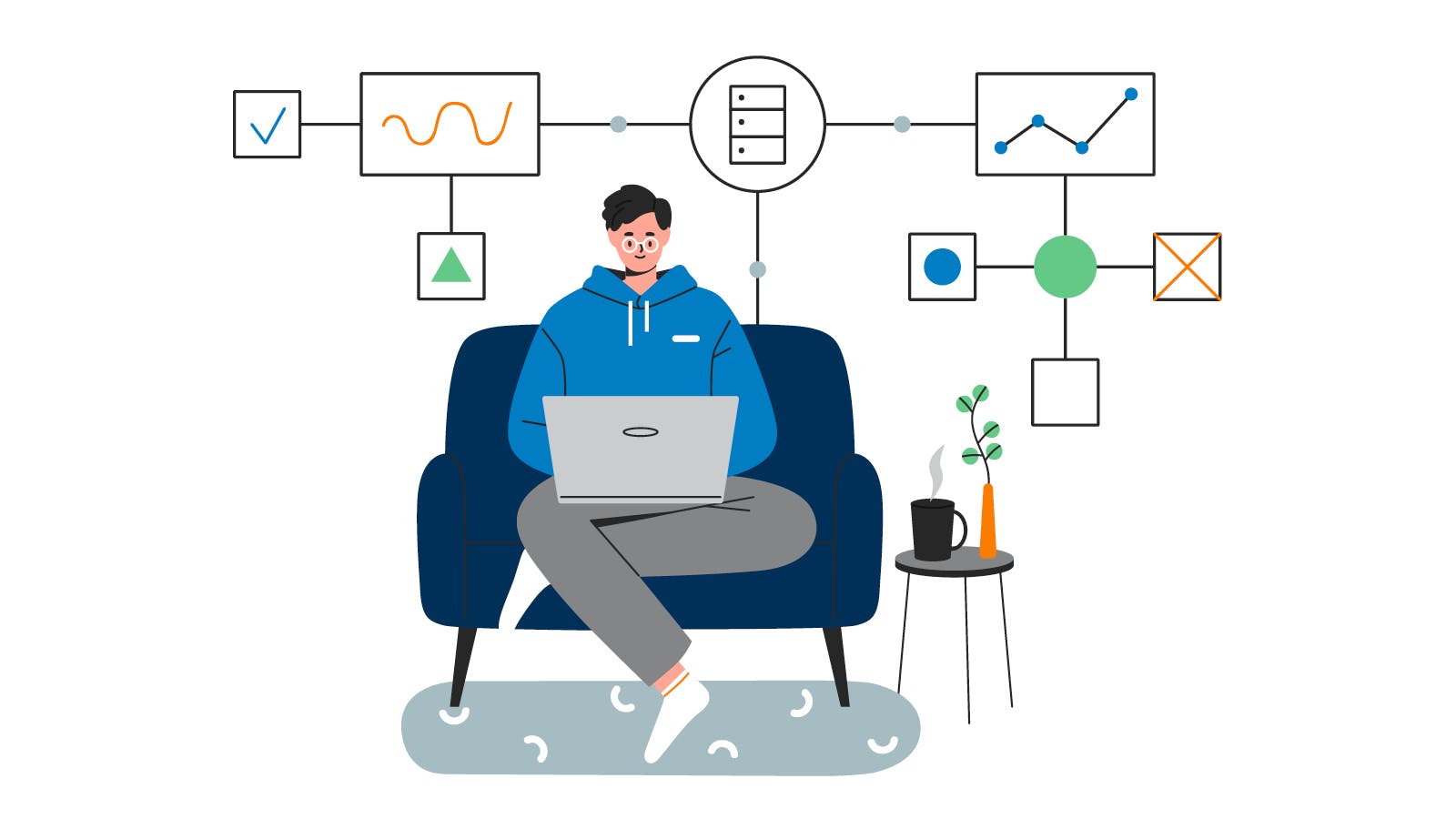You’ve gone through the house-hunting process, found a home you love and are ready to sign on the dotted line. There’s just one step left — taking out a mortgage loan. But when you add in additional costs like third-party fees and closing costs, you may be wondering how much your monthly mortgage payment is really going to be.
When you take out a mortgage loan on your new house, you are responsible for any upfront costs and then the ongoing monthly mortgage payments. Once you factor in those upfront costs, how much you pay per month on your mortgage loan is primarily based on four factors: principal, interest, taxes and insurance (called “PITI”).
But what can make this confusing to many homebuyers is that rates, fees and costs vary by state and by loan type.
Rates are typically based on the state’s mortgage default rates, as well as property types, the average loan size and the level of competition across all mortgage channels in the state.
“For example, a state like California might have the lowest average rates because they have many lenders of all types who are competing against each other. Increased competition usually lowers interest rates. On the flip side, states like New York that have more mortgage industry regulations may have higher rates due to the fact it can be more difficult to become licensed, and therefore, there is potentially less competition,” explains Ward Morrison, president of Motto Franchising, LLC.
When it comes to closing costs, they can vary from state to state due to different state closing requirements.
“Some states use title companies, some use escrow companies and others require lawyers to close real estate transactions. Additionally, local municipalities and states may impose fees like transfer taxes that can be as much as 2% of the home value upon transfer of ownership,” Morrison says.
Certain locations, such as homes that use wells and septic tanks, can also require additional inspections that can increase the closing costs.
What this all comes down to is the real cost of your mortgage rate is the difference between your monthly payment based on rate and the total interest over the life of your loan. Both “costs” have to be weighed against the buyer’s needs and desire to get into a home.
As a buyer, you may be willing to take on more interest over the life of the loan as long as you can afford your down payment and monthly payment. On the other hand, you may want to pay as little interest as possible and go with a lower rate at the cost of paying a higher down payment, more money upfront, etc.
How to Find the Best Mortgage Loan Rate
One of the best ways to get an estimate on what your payment might be and see the difference between rates is to use an online mortgage loan calculator. For example, a calculator can show you how a .25% rate doesn’t change a monthly payment by much, but can greatly affect the total interest paid over time.
While they can show the big difference in your payment based upon your interest rate, says Josh Lyons, vice president and mortgage loan originator at Motto Mortgage Innovations, “most mortgage calculators do not include taxes, homeowner’s insurance, HOA fees and mortgage insurance which obviously play big factors in total monthly payment.”
When using an online mortgage loan calculator, Lyons recommends gathering the following information ahead of time:
- monthly income
- monthly debt
- savings
- estimated sales price of home
- estimated down payment
- estimated interest rate
- estimated monthly homeowner’s insurance
- mortgage insurance
- tax payments
When you’re ready to get a mortgage loan, Morrison suggests shopping across mortgage channels to find the best one for your needs. Check retail banks, mortgage bankers and mortgage brokers (who can access several wholesalers and do the shopping for you), and request a loan estimate (LE) from multiple lenders across these channels.
“Other things to consider include how long you plan to stay in the home. If this isn’t your ‘forever’ home, consider an adjustable-rate mortgage (ARM) instead of a conventional 30-year loan as 5/1 or 7/1 ARMS may offer a lower rate,” he says. “If a large down payment isn’t an issue, typically, a 15-year mortgage will almost always have a lower rate than a 30- year mortgage for certain types of borrowers.”
You Don’t Always Need a (Big) Down Payment
If you can’t put down at least 20%, many lenders require homebuyers to pay private mortgage insurance (PMI), which can affect your overall monthly payment. One way to alleviate some of the financial pressure is to look into lender paid mortgage insurance (LPMI). It could increase your overall mortgage rate, but could make the PMI tax-deductible, according to Morrison.
The good news is that there are quite a few mortgage loan options that require little to no down payment. It may result in a higher rate, but obviously requires less money upfront.
USDA loans offer 100% financing, making them a great possibility for first-time home buyers (though anyone can take advantage of this option). The biggest caveat to this one is that the home must be in a USDA-eligible area, which is typically more rural.
For those who don’t qualify for a conventional mortgage loan, FHA loans offer low minimum down payments (as little as 3.5%), reasonable credit expectations and flexible income requirements.
VA loans an option specifically for military families that may not require a down payment or monthly mortgage insurance, but there is an upfront funding fee.
There are also down payment assistance loan programs available in many states and many conventional loans that require you to put a smaller amount of 3-5% down.
The Bottom Line? Consumers Have Options
While major events like the COVID-19 pandemic can make rates somewhat volatile, in many cases, they’re historically low right now. In fact, the most recent RE/MAX National Housing Report showed that homes sold faster in October 2020 than the summer peak season for the first time since 2009 and even with the pandemic, a growing number of millennials still purchased homes.
Why?
“Consumers have more options than ever,” Morrison said. “They have the ability to shop rates and mortgage products. A mortgage broker, like a loan originator at your local Motto Mortgage office, can do the shopping for you. They can provide expert advice and education on the home loan that best fits your needs.”
As with all major financial decisions, consult with an accountant or tax lawyer to review your individual situation.
Published on December 7, 2020


